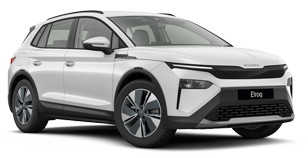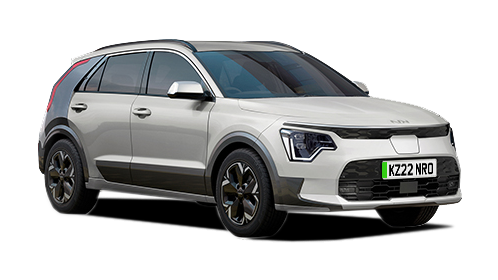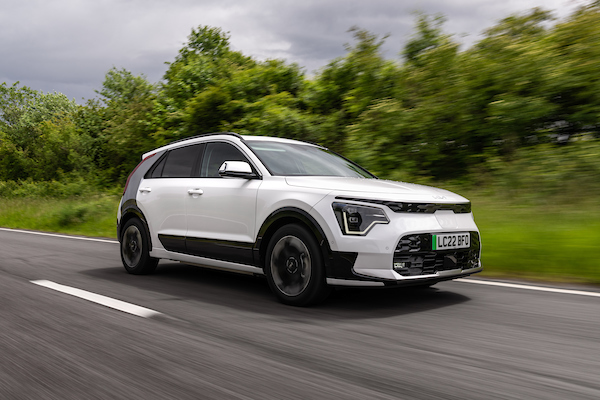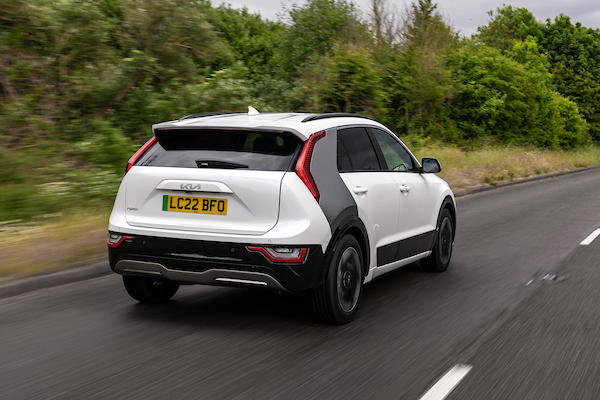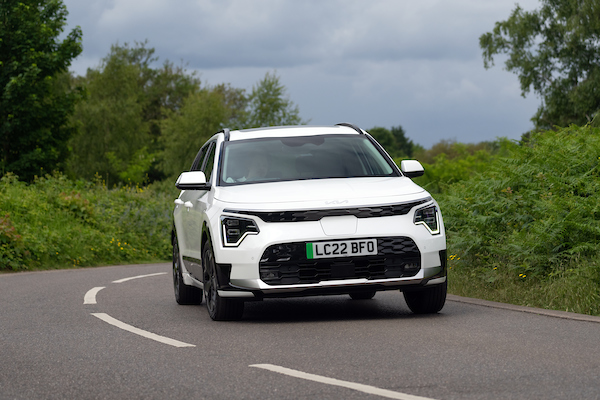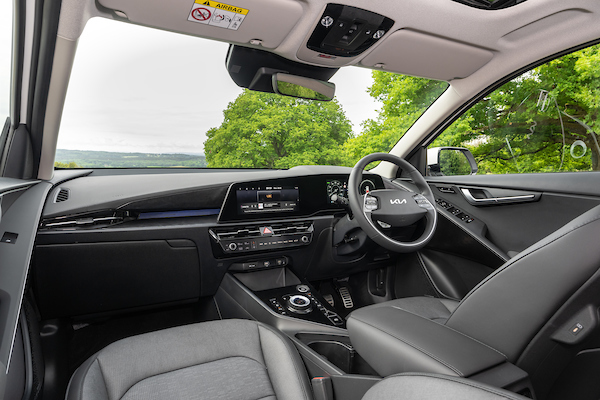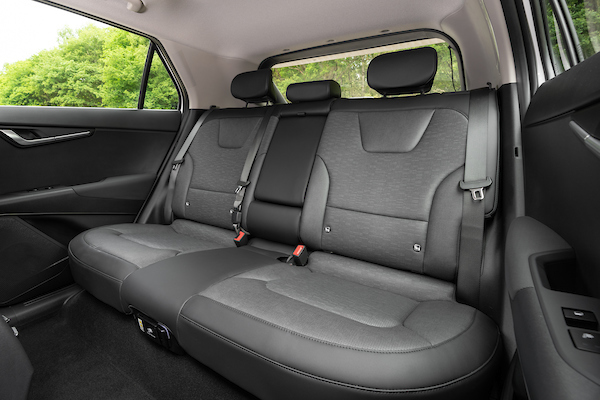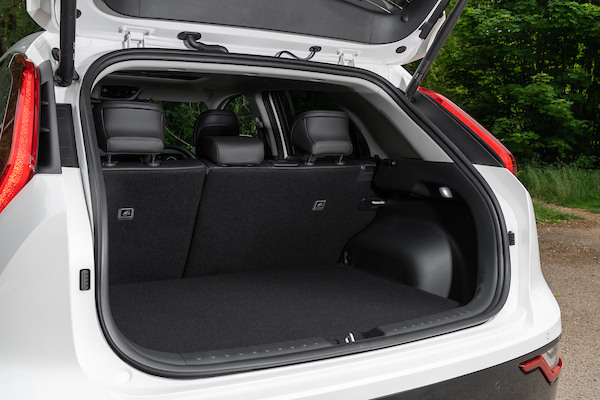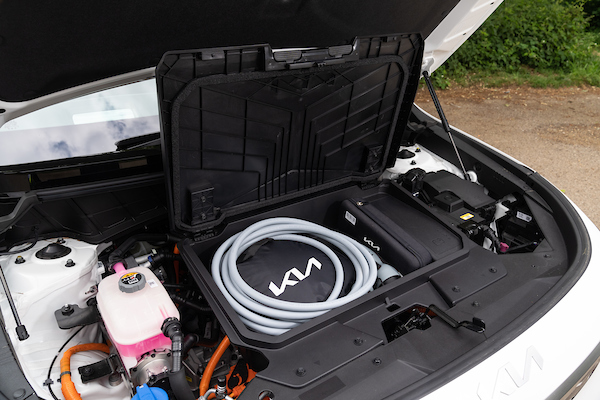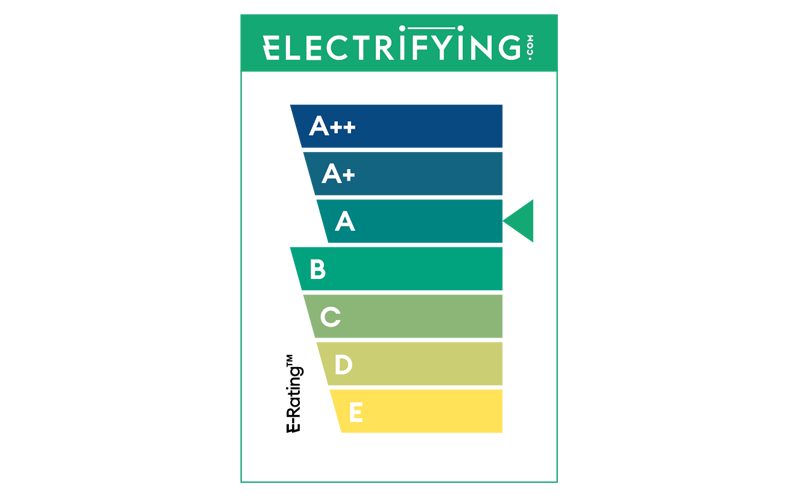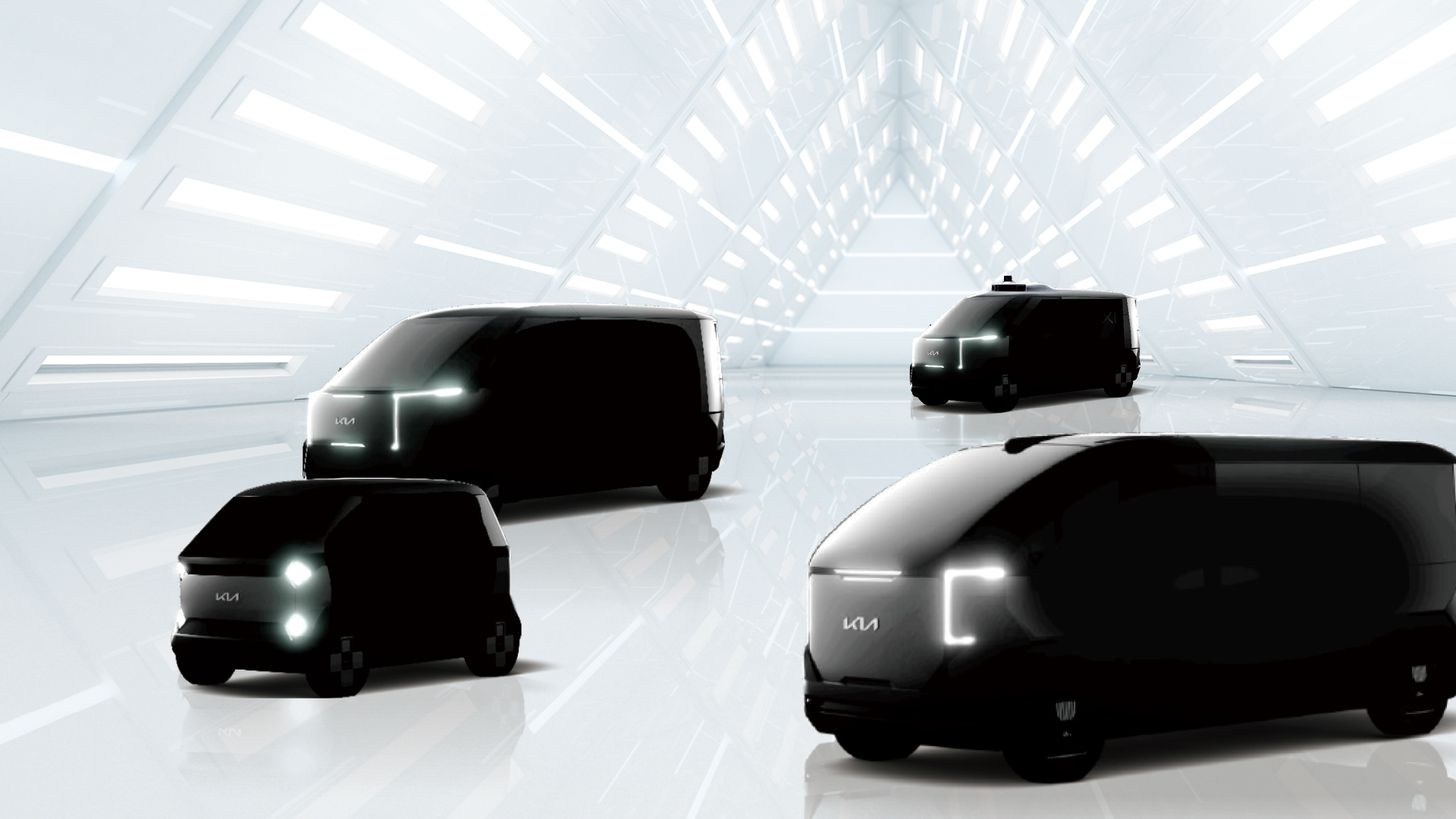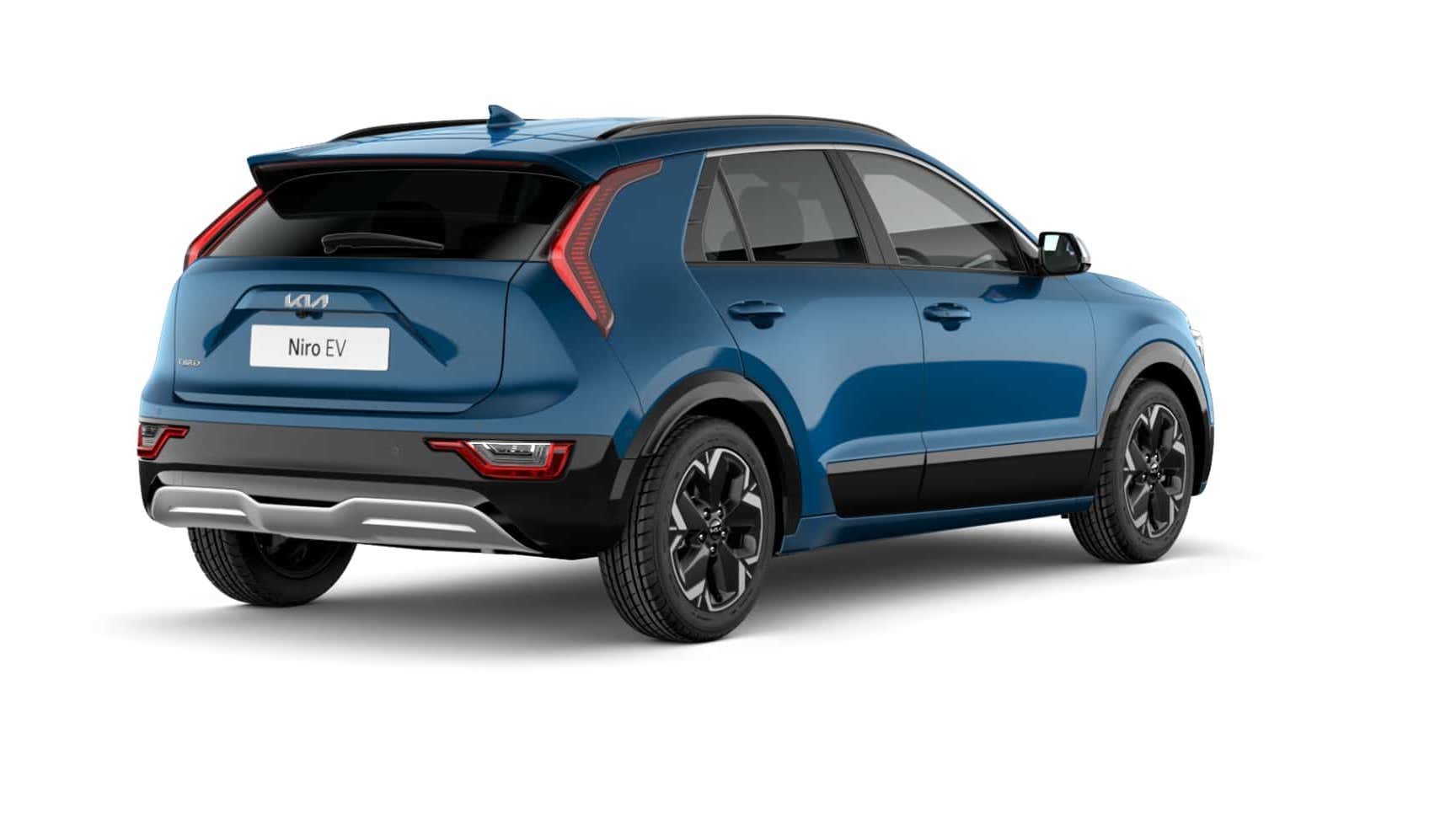This means that the Niro is more than a facelift. It might look like a reboot of the old car, but it's actually substantially different. The bodyshell is actually longer for a start.
Rivals include its sister car, the Hyundai Kona Electric, as well as loads of other electric family cars including the VW ID.3, Cupra Born, MG4 EV, Volvo EX-30, Renault Megane and more. The Niro EV also treads creeps into contention with bigger electric family SUVs such as the Renault Scenic E-Tech and Nissan Ariya, given that the Kia is something of a crossover itself – albeit closer to a hatchback than a full SUV.
The Kia Niro is only offered with one battery option – a 64.8kWh battery, which is carried over from the previous eNiro with a slight boost in capacity of 0.8kWh. That’s good for a range of 285 miles, while charging speeds are a bit slower than most rivals at 72kW – more on that in the Range and Charging section of our review.
Verdict
Whatever you think to the sci-fi styling, you can’t get away from the fact that pretty much everything Kia has done to revise the Niro has made it a more functional, desirable and useful car. On paper, it might look like it’s gone backwards, but it really hasn’t. Add to that a big seven-year warranty package and it’s looking decidedly rosy. The name might have changed, but the Kia Niro EV remains an Electrifying favourite, and if you can get a good deal on finance then it’s one of the best family hatches out there.





